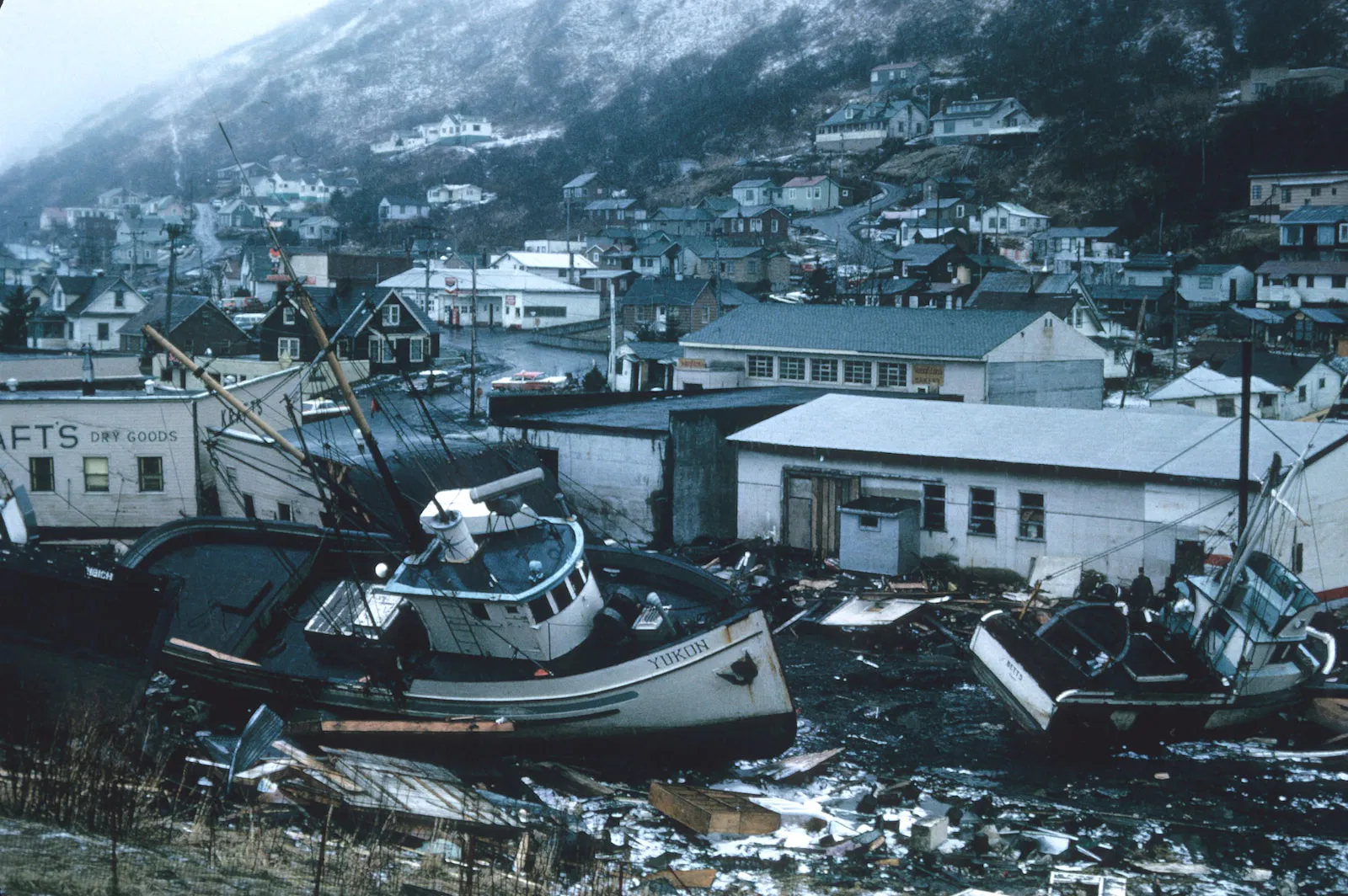wherearewegoing.net – Indonesia, an archipelago nation in Southeast Asia, has been no stranger to natural disasters, particularly earthquakes and tsunamis. Its geographical location on the Pacific “Ring of Fire” makes it prone to seismic activities. Among the most devastating was the Indian Ocean tsunami on December 26, 2004, which not only affected Indonesia but also several other countries in the region. This article delves into the resilience of the Indonesian people in the face of such catastrophic events, focusing on their recovery and rebuilding efforts.
The Devastation of the 2004 Indian Ocean Tsunami
On that fateful day, a massive undersea earthquake with a magnitude of 9.1-9.3 struck off the coast of Sumatra, Indonesia. The resulting tsunami waves, some as high as 30 meters, ravaged coastal communities across multiple countries. In Indonesia, the provinces of Aceh and North Sumatra bore the brunt of the disaster, with more than 160,000 people losing their lives and hundreds of thousands more displaced.
The Immediate Aftermath and International Response
The scale of the disaster was so immense that it required a global response. Countries around the world offered aid and assistance, marking one of the largest humanitarian relief efforts in modern history. The Indonesian government, along with international organizations, worked tirelessly to provide immediate relief to the affected populations, including non-food items, medicine, and clean water.
Rebuilding and Resilience
The road to recovery was long and arduous. The Indonesian government, with the support of international donors, embarked on a massive reconstruction effort. Homes, schools, hospitals, and infrastructure were rebuilt to better withstand future natural disasters. The government also implemented stricter building codes and invested in early warning systems to minimize the impact of future tsunamis.
The Role of Community and Culture in Resilience
One of the most inspiring aspects of the recovery process was the resilience shown by the Indonesian people. Communities came together to support one another, sharing resources and working collectively to rebuild their lives. Traditional practices and cultural rituals played a significant role in healing and coping with the loss. These practices helped maintain a sense of normalcy and continuity amidst the chaos.
Lessons Learned and Future Preparedness
The 2004 Indian Ocean tsunami served as a wake-up call not only for Indonesia but for the entire world. The disaster highlighted the importance of early warning systems, disaster preparedness, and international cooperation in responding to such events. Indonesia has since become a leader in disaster risk reduction, sharing its experiences and lessons learned with other countries vulnerable to natural disasters.
Conclusion
The Indonesian tsunami of 2004 was a tragedy of unimaginable proportions. However, it also showcased the incredible resilience of the Indonesian people and their ability to rebuild and recover. Through international cooperation, government initiatives, and community support, Indonesia has emerged stronger, more prepared, and more determined to face future challenges. The nation’s resilience in the face of such adversity serves as an inspiration to the world, demonstrating that even in the darkest times, there is hope for a brighter future.
